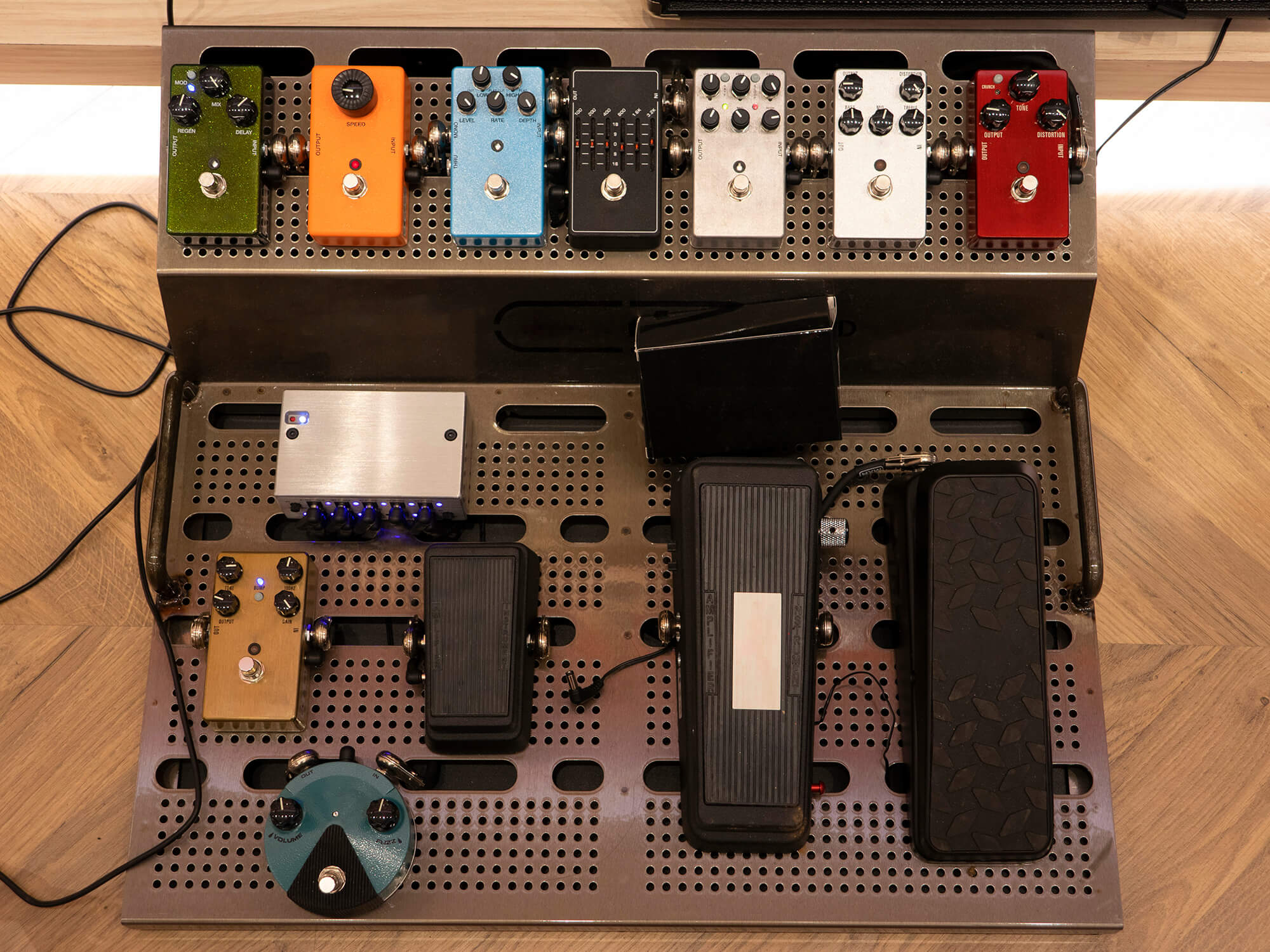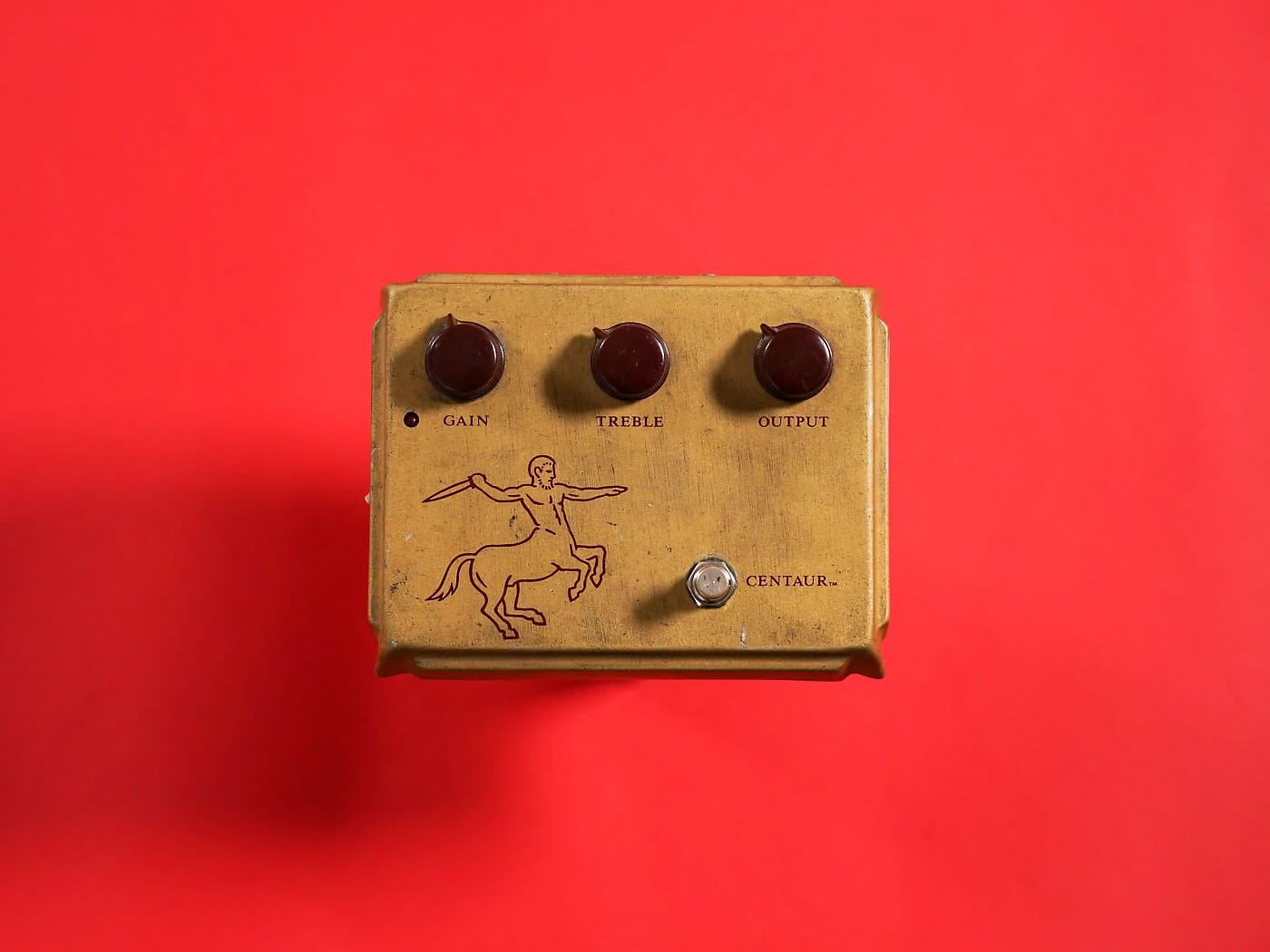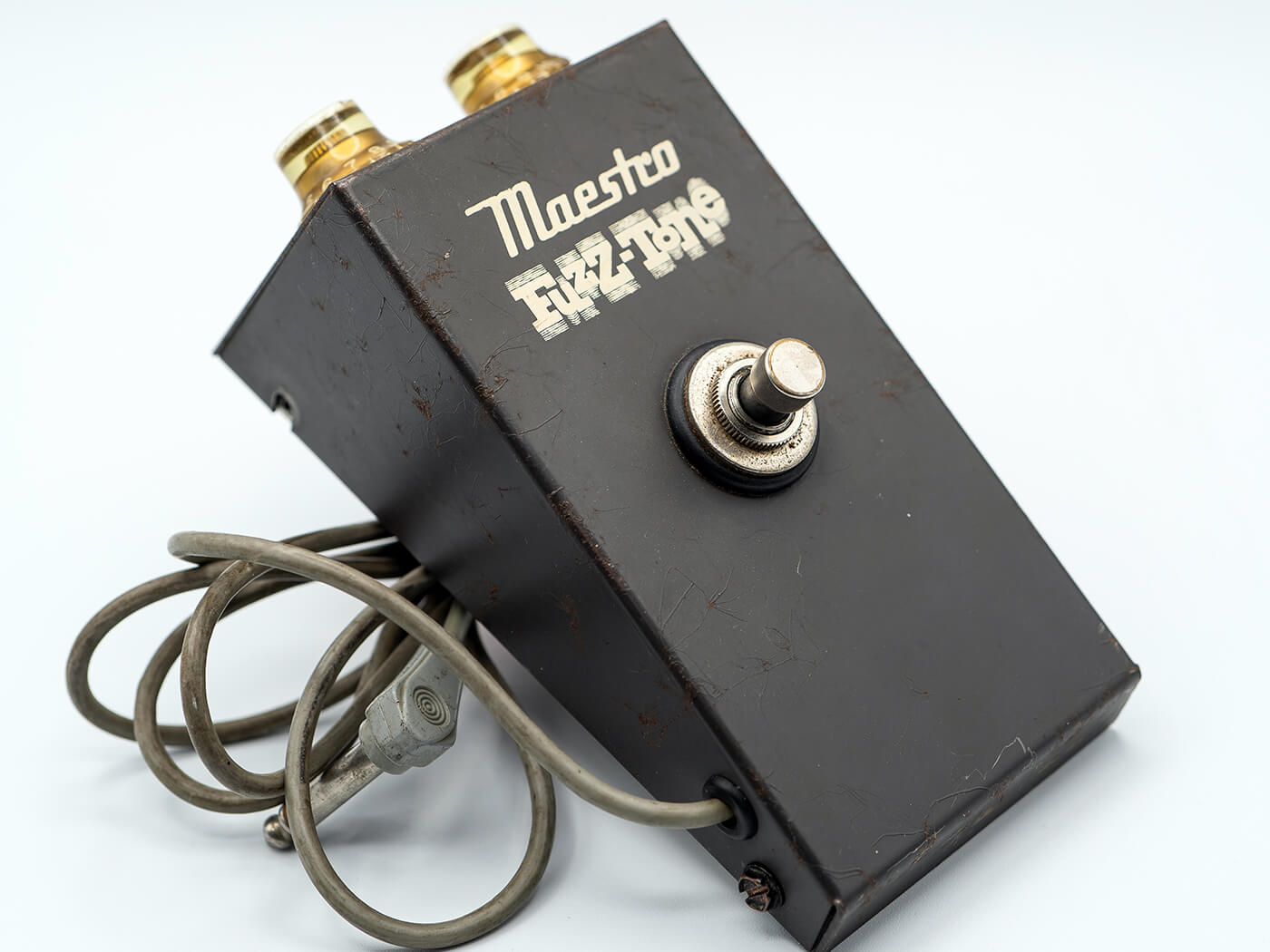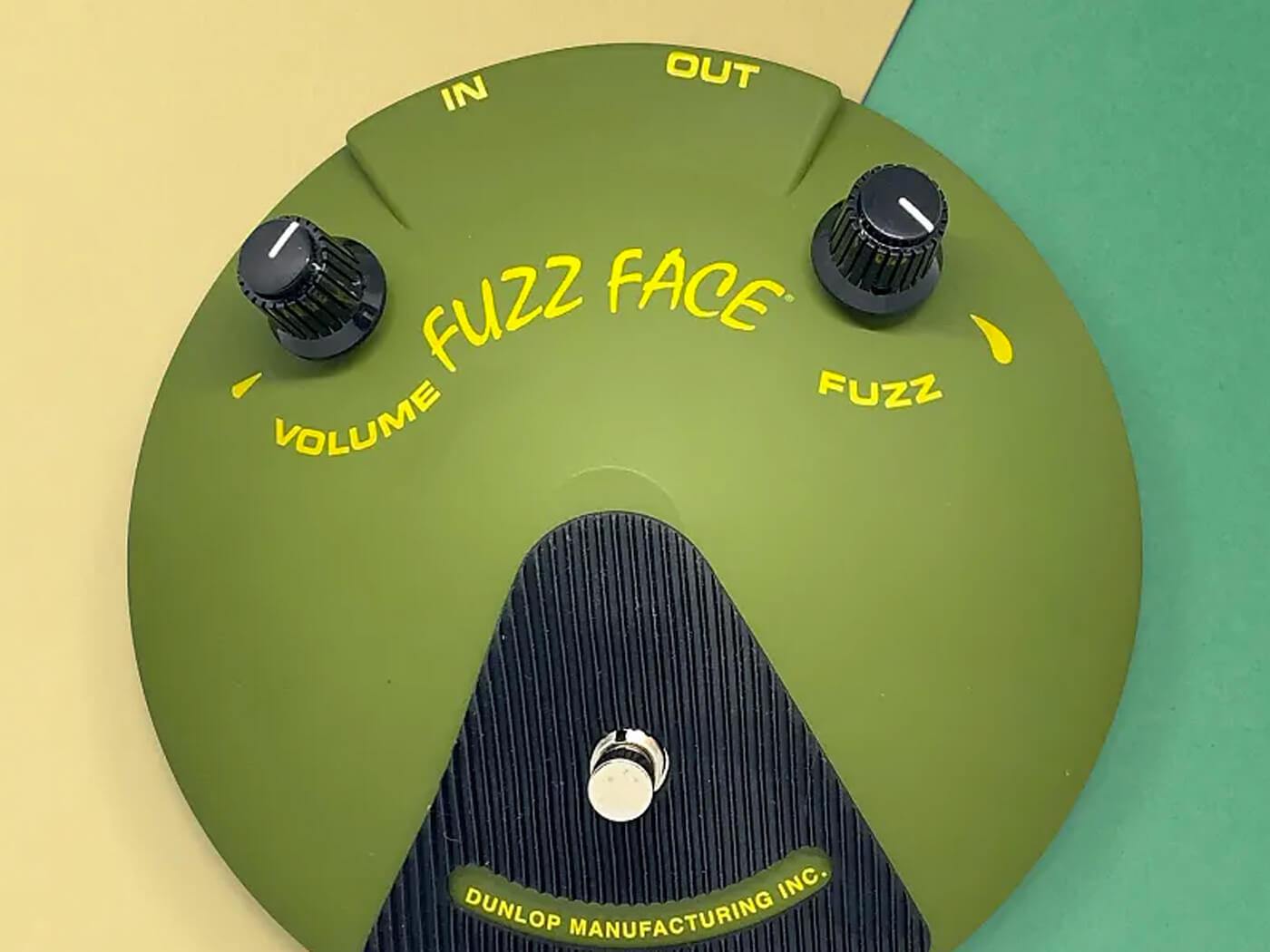Related Tags
What’s with the resurgence in retro pedals? Adrian Thorpe investigates
We’ve seen an increase in vintage-inspired pedals over the past year. Here Adrian Thorpe of ThorpyFX asks the question: have pedal builders run out of ideas?

Image: Emreturanphoto / Getty Images
No, it’s not just the Baader-Meinhof phenomenon, otherwise known as the ‘frequency illusion’. Lately loads of vintage pedals are being revisited and re-released. ThorpyFX’s recent Boneyard pedal was our take on the venerable Tonebender range. But over the past six months there have been 18 or more new pedals that at least nod to the past in their design.
For example, JHS recently released the Overdrive Preamp, inspired by the DOD250. Big Ear delivered the Slice of Pie fuzz, cooked up in the style of the Big Muff Pi. And Silktone issued the Fuzz, based on a classic Fuzz Face.
But why? Obviously I can’t answer to others’ motivations but the way I see it there are five reasons that retro pedals are making a comeback (and it’s not because builders are lazy):
1. Weak supply of vintage pedals
In the world of guitar effects, vintage circuits are legendary, with some effects so strongly linked to the songs they helped forge that they’re impossible to go without if you want to replicate that sound authentically. EVH and the MXR Script Phase 90, for example, comes to mind instantly.
But if that vintage effect is still available, why would you need a reiteration? Some of it comes down to lack of supply leading to sky-high prices. Some vintage pedals are prohibitively expensive for the majority of musicians, both to buy but also to justify gigging such a rare, valuable antiquity. As such, a lot of rare vintage units are held in collections or used sparingly in the studio.

2. Unreliability of vintage pedals
Pedal manufacturing methods have vastly improved since the 1960s. Some pedals were so poorly put together at the time of release that it’s a wonder they’ve even made it this far without disintegrating. Even the ones that do make it often need serious repair, with important parts such as electrolytic capacitors drying out. Modern reproductions, then, make a lot of sense, as they remove the guesswork in key live and studio situations. Plus, buying a new vintage-inspired pedal rather than the real deal means receiving something brand-new and not already decades old.
3. Hit-and-miss sound quality of vintage effects
There’s an assumption that everything old sounds like perfection, auditory nectar from the gods. Unfortunately this just isn’t true. The spread of component values was worse at the point old pedals were made, while resistor variance was high and capacitors weren’t close to the levels of value accuracy they are now.
There’s a lot of conjecture surrounding vintage circuits. But one thing most people agree on is that vintage effects are inconsistent in terms of sound and build quality. This is where specialists such as D*A*M and Pigdog effects come in. These brands obsess over small details, measuring everything and auditioning parts by ear to create the very best versions of vintage circuits, only with modern builds and quality-control standards. This is akin to Michelin-starred levels of effects nerdery. But it’s essential when the number of components is so small – every nuance makes a difference.

4. The desire to improve vintage circuits for modern use
Pedal builders naturally want to enhance, improve and add their own ideas to what’s come before. Ideally, this approach acknowledges the work of legendary past engineers while applying new ideas that may not have been feasible, necessary or possible when the pedals were initially designed. This is a best-of-both-worlds scenario: you nod to the past but create something new and progressive. I’m not recommending progress for progress’s sake but if it genuinely creates something new, interesting and worthwhile, then improvement is worth pursuing.
5. Strong demand from consumers
Demand is what makes a product commercially successful. So a lot of this comes down to demand from consumers. If that demand exists, effects builders will fill the vacuum with quality products.

So have pedal builders all run out of ideas?
Speaking for myself, absolutely not. When you look at what other pedal builders are doing, you can see a healthy mix of retro-style pedals mixed with the new and innovative. What a time to be making music!
For more features, click here.
